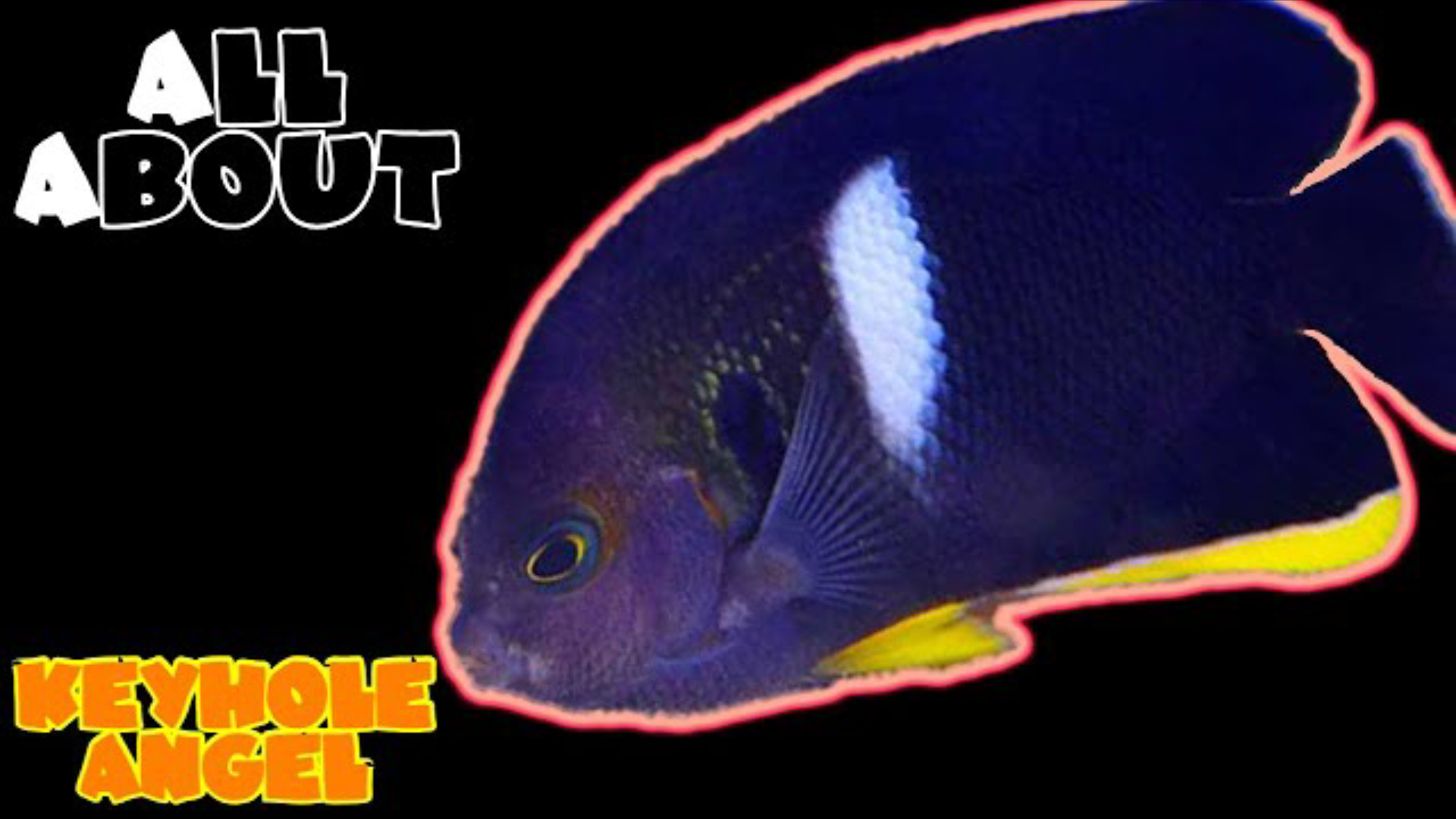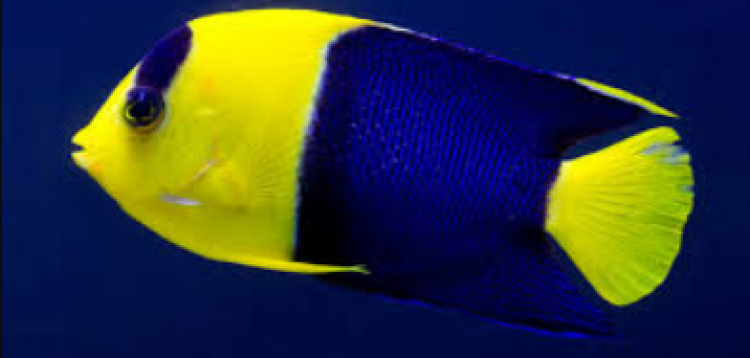- Name:
Yellow Angelfish
(View AKA's) - Family: Pomacanthidae
- Species: Angel Dwarf
- Scientific Name: Centropyge heraldi

More Details
General info about Yellow Angelfish
The Yellow Angelfish from the Cook Islands, and is completely bright yellow in color. They resemble the Lemonpeel Angelfish with the exception of the blue markings around the eyes and the edges of the fins. The Yellow Angelfish requires hiding places and large amounts of live rock for grazing. In the reef aquarium, this species may nip at large-polyped stony corals, some soft coral polyps, and clam mantles.
Yellow Angelfish Diet & Nutrition
Yellow Angelfish eats mainly algae and some small crustaceans and worms in the wild. They readily feed on algae and detritus in the tank but they can also be fed with live and prepared food. Diet should include Spirulina, marine algae, high-quality angelfish preparations, mysis or frozen shrimp, and other meaty items.
Determining Sex of Yellow Angelfish
Some observation on the male Herald’s Angelfish shows a distinct black mark on the face and in some geographic locations, males have a darker anal fin and dorsal fin. The male will have more pointed dorsal and anal fins once fully matured and can develop a dark area behind the eye with yellow spots on this dark area.
Breeding & Spawning Yellow Angelfish
There is no report of reproductive behavior in tanks or in aquaculture yet. However, this species have been known to cross breed with the Bicolor angelfish Centropyge bicolor and usually forms a harem just like other Centropyge species.
Common Diseases with Yellow Angelfish
A tank with plenty of places to hide and clean water is the best way to prevent illness for dwarf angels such as Yellow pygmy angelfish. However, they are also susceptible to contract common bacterial diseases such as Cotton wool disease, Vibrio bacterial disease, and Fish tubercolosis. Aside from bacterial diseases, angelfishes my be affected by common reef scourges such as the Crypt or White Spot Diseases and Velvet Disease. Tiny white spots on the skin of the fish is one of the tell-tale sign of infection of the Crypt while dusty golden film on the skin or the eyes of the angelfish will detect the presence of Velvet Disease.
Yellow Angelfish Origin
Yellow Angelfishes are widely distributed in the central and west Pacific region. Its population ranges from east from southern Japan and the island of Taiwan and the Tuamotu Islands, and as far as the Great Barrier Reef in Australia.
Caution with Yellow Angelfish
Overall, this species is peaceful in the tank unless there is a need to compete with food and space.
Acclimating Yellow Angelfish
The tank should be mature and have a large amount of algae growing on the rocks, which can provide a main source of food for this fish, before adding the fish into the tank. It might be shy at first and might not feed right away, this algae can sustain them until they acclimate. Live rocks with deep crevices and caves, should be formed so they can hide when feeling threatened.
Relevent Articles
Original Detail
| Name | Species | Family | Scientific Name | More Detail | Added by |
|---|---|---|---|---|---|
| Yellow Angelfish | Angel Dwarf | Pomacanthidae | Centropyge heraldi | The Yellow Angelfish from the Cook Islands, and is completely bright yellow in color. They resemble the Lemonpeel Angelfish with the exception of the blue markings around the eyes and the edges of the fins. The Yellow Angelfish requires hiding places and large amounts of live rock for grazing. In the reef aquarium, this species may nip at large-polyped stony corals, some soft coral polyps, and clam mantles. | Admin |
Changed by users
| Submitted Date | Submitted By | Status | Action |
|---|



